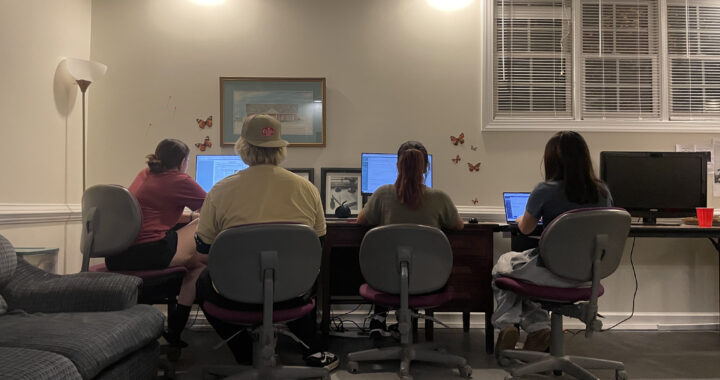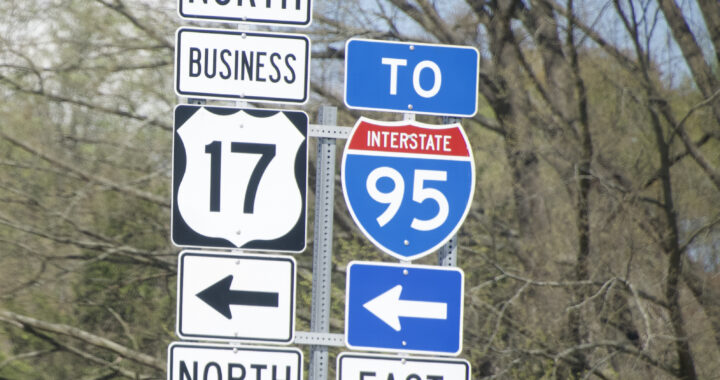Staff Editorial: Blue Lights Dim as Safety Option
3 min readWith 139 blue lights on a campus that is relatively small compared to the rest of the collegiate world, UMW has seemingly put safety first.
However, the recent gunman scare downtown has brought the idea of safety to the forefront of many students’ minds. Despite the amount of blue lights available and the escort system that the UMW police provide, the question remains: is UMW really safe, and do students have effective resources at their disposal for emergencies?
Over the past few years, the rate of crime on campus has remained steady, without any dramatic change. But regardless of whether or not having more blue lights and an escort system is responsible for keeping this rate from changing, it leads to the perception of safety, which is also important.
Knowing there are numerous blue lights on campus can be a deterrent for those who would otherwise consider committing a crime. The escort system is also effective in making sure students are able to recieve assistance in uncomfortable situations. The ability to call for a ride leads to decreased student vulnerability.
However, in an emergency situation where a student is being chased, or where there is a weapon being used by a perpetrator, blue lights and an escort system most likely aren’t going to help. A student is not going to go to a blue light, press the button and turn back to his or her attacker with a finger raised, saying “Police are on the way, so you better stop!”
The student is most likely going to press the button and keep running, making the blue light effective only in possibly detecting the path the student and attacker took through campus.
When former President Hample pressed the blue light button and faked an attack to test the system during the UMW Safety Walk last fall, the Bullet reported that it took police around six minutes to respond. If a student is in critical danger of being immediately assaulted, raped or abducted, six minutes is perilously long.
As students, we would like to see the UMW police department consider other safety options before they install more blue lights, which some people feel are expensive and obsolete in the face of newer safety technology.
American University in Washington, D.C. is a prime example of this, according to the Chronicle of Higher Education. In addition to their blue light system, they now have a cell phone feature for their students. When in danger, a student may press and hold down the number “5” on their phone.
The police will immediately be notified, and not only will they be called, but an alarm will sound in the police station. The student’s location will pop up on one of the screens in the police facility as a dot on the campus map. A photograph of the student, complete with a description of his or her eye color, hair color, height and weight, will pop up next to the map.
This is much more comforting than the notion of a single blue light button in an emergency situation. Mobile safety trumps an immobile blue light system in these cases.











